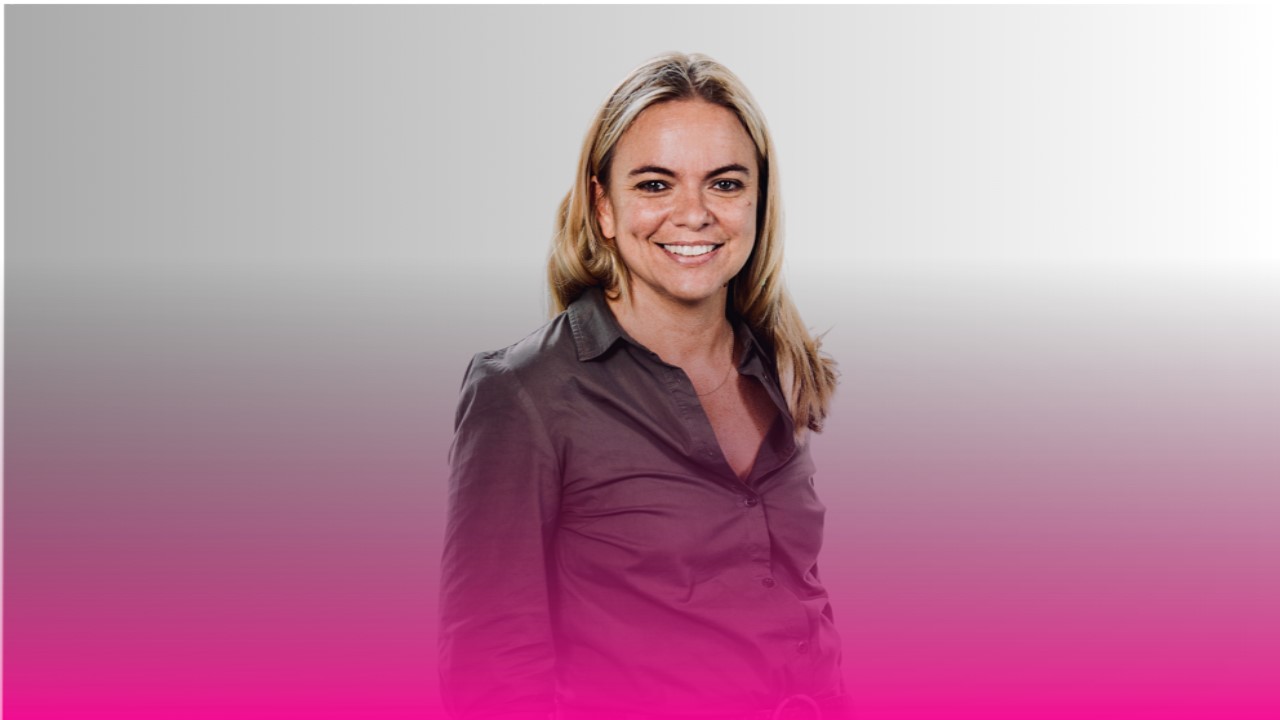Écrit par Marion Rungette
« Focusing on the essentials to bring maximum value to people.»
Interview with Garance Wattez-Richard, CEO of Axa EssentiALL and author of the book “Ne laissons pas tomber les classes moyennes”, published in our NEWDEAL collection.

After working for several years in inclusive insurance, Garance Wattez-Richard’s latest book, “Ne laissons pas tomber les classes moyennes”, is a lucid and transparent analysis of the situation of the world’s middle classes. In this essay, she proposes concrete solutions capable of transforming the daily lives of these populations too often left behind.
What is inclusive insurance? Why is it a good solution to the challenges faced by the middle classes in terms of financial protection, both in the South and in the North?
Inclusive insurance aims to protect people of modest means, who are often poorly covered or not covered by traditional insurance products, by offering them affordable, adapted, and accessible solutions. It is aimed at the vulnerable middle classes, particularly those who are “too poor to be rich, too rich to be poor”, both in the South and in the North. This approach bridges the gap between market solutions and public protections by offering coverage tailored to their financial and social needs, thus fostering both their resilience and their economic ascent. AXA EssentiALL, the AXA Group’s inclusive insurance business, operates as a high-impact social enterprise that is also profitable.
Additionally, there’s the simple fact that we can only remain one of the world’s leaders in the 21st century by finding new ways to serve the global market of low- and middle-income people.
In your book “Ne laissons pas tomber les classes moyennes!” (Don’t let the middle classes down!), you advocate a more tailored response to the particular needs of the middle classes. What do you see as the solutions?
In more than twenty emerging and mature countries, we have developed new services and products to improve coverage of these modest middle classes. The development of this activity is much more recent in Europe, dating from the beginning of the year. On the other hand, we have been developing it for several years in emerging markets, where we now protect more than 14 million customers, thanks to four decisive factors:
–Offering products that are relevant by getting close to the field and to the everyday lives of the people we are seeking to protect, by understanding both their risks and the – often informal – solutions they have already put in place to deal with them. Being relevant doesn’t always mean replacing these informal risk management solutions, but improving and complementing the
– Making products affordable by innovating to lower prices. We’re not talking about “low cost” here, but rather “fair cost”, building essential offerings at a more affordable price.
– Making products accessible by creating new distribution channels with our existing partners, but also with new partners such as micro-finance institutions or the Post Office.
– Making products aspirational, in the marketing sense of the term. It may seem like a detail, but I’ve always refused to talk about micro-insurance, because no one, especially the most vulnerable, wants to buy products at a discount, or feel they’re the object of some form of charity.
You mention emerging countries in particular. What are the particular challenges facing these countries? How can mature “developed” and emerging “developing” countries learn from each other to design more relevant and advantageous insurance products for their modest and/or emerging middle classes?
In the countries of the South, the situation of the 3.5 to 4 billion people we might call the “floating” or “emerging” classes, who are more urban, young, and active, is very well analyzed by Jonathan Morduch, professor at New York University, who highlights 4 major issues:
– Instability: exposure to risk and uncertainty;
– Illiquidity: the inability to easily mobilize funds to manage a major life event or – and this is a point that differentiates them greatly from wealthier populations – an unforeseen day-to-day event;
– Irregularity and unpredictability: not having a fixed income and being unable to easily predict future financial flows;
– Inadequacy: simply not having enough to live on.
Today, these populations in the South have little or no insurance. And one of the big differences with mature countries is that we really need to create a market there, i.e., educate people about the value of insurance, whereas the market exists and is highly competitive in the North.
I would say that one of the most important sources of learning, or even one of the most essential points of commonality between emerging countries and countries in the North, lies in the need to simplify, to do what we might call frugal innovation. But simplification is not easy. In fact, the correlation between simple and easy is probably close to -1! And that’s what our work is all about: focusing on the essentials to bring maximum value to these populations.
You talk about women’s specific vulnerabilities, from economic inequality to the risk of domestic violence. In your opinion, how can the insurance industry better respond to these needs and support women in the face of these challenges?
We can’t, by regulation, design gender-differentiated offers, but we still have a considerable responsibility and capacity for action to better support and protect women, particularly those of modest means, including in the face of domestic violence. We can both respond immediately to emergency situations such as domestic violence, AND contribute over the longer term to resolving structural inequalities. Articulating these different time horizons – the crisis and the short term, prevention and protection over the long term – is one of the unique features of insurance.
This desire to take better account of the singularity of women in our industry is already a few years old. The market opportunity is indeed there: as assessed by the SheForShield report, produced back in 2014 as part of a global partnership between AXA, Accenture and the International Finance Corporation (IFC), the insurance sector could earn between $1,450 and $1,700 billion in the women’s segment by 2030, almost half of which in ten emerging countries, while protecting many women AND households, with women being the gateway to protection, holistically for the family.
But we need to go further. First and foremost, we need to address their growing economic vulnerability in Europe. The decline of the middle classes and the risk of casualization certainly affect society as a whole, but this socio-economic vulnerability is also gendered. In the face of this phenomenon, we need to design affordable, accessible, and attractive offers for specific segments of the female population. For example, we are developing increasingly well-suited offers for female micro-entrepreneurs, as well as for single-parent families.
By taking into account women’s needs, both as women and as decision-makers, we have a significant role to play in supporting their participation in the economy and thus their autonomy, but also in meeting their need for protection, even though they are still exposed to numerous vulnerabilities. The stakes are high, both in terms of women’s rights and access to real equality.
Listen to our podcast with Garance Wattez-Richard, who tells us more about her book. This podcast is produced by Havas Paris in collaboration with Editions Télémaque. Click here to listen 👉Nelaisseons pas tomber les classes moyennes


